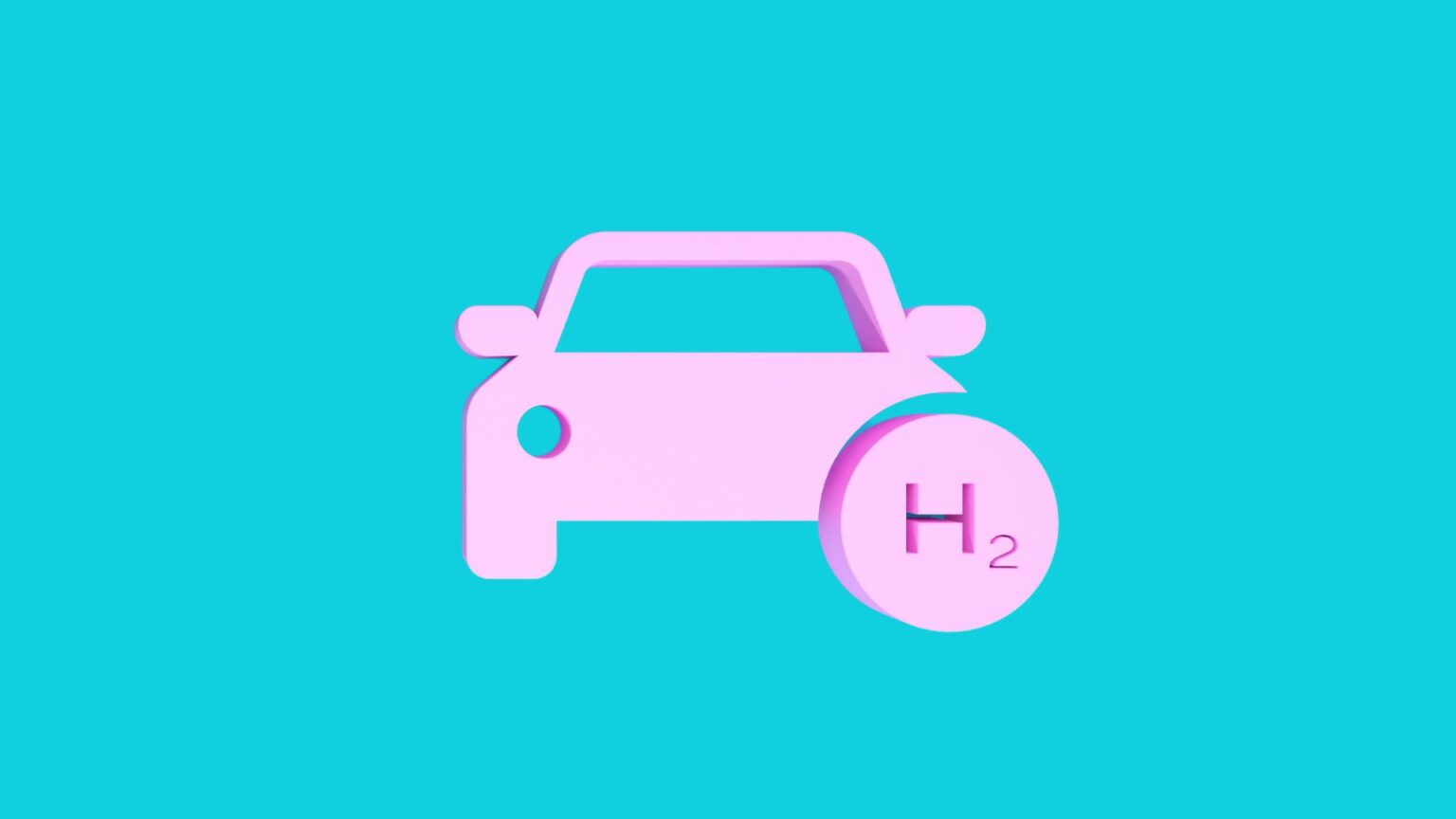Ineos Automotive, a global player in the hydrogen space, envisions a significant role for hydrogen fuel-cell vehicles in the future of Australian transportation.
Speaking at the local launch of the Grenadier 4×4, Justin Hocevar, Head of Ineos APAC, highlighted the company’s substantial presence in the hydrogen domain, producing over 400,000 tonnes of hydrogen annually and investing 2.2 billion euros in green hydrogen projects.
Ineos sees a unique opportunity for hydrogen fuel-cell vehicles, such as the Grenadier, to thrive in Australia, particularly in heavy and agricultural industries. Hocevar emphasized the importance of government support to enhance hydrogen infrastructure, acknowledging the keen interest and investments from major sectors like Fortescue Metals.
While hydrogen is more widely embraced in regions like Asia, it remains a bit-player in the Australian market. Currently, Australia hosts only a handful of hydrogen refueling stations, with collaborative efforts between Victoria, New South Wales, and Queensland underway to establish a renewable hydrogen refueling superhighway along the eastern seaboard.
Ineos aspires for Australia to become a global leader in hydrogen technology, particularly in heavy road transport. Hocevar emphasized the suitability of hydrogen technology for heavy road transport, presenting it as a more viable option than battery electric vehicles in Australia’s context. The company expresses eagerness to contribute to Australia’s hydrogen vision, provided there is a collective push from other stakeholders.
Australia currently has two fuel-cell electric vehicles (FCEVs) available—the Toyota Mirai and Hyundai Nexo—both offered through lease agreements. Initiatives like the renewable hydrogen refueling superhighway and collaborations between major automakers like Toyota, Hyundai, Ampol, and Pacific Energy indicate a growing interest in establishing hydrogen infrastructure.
Earlier this year, Ineos Automotive unveiled a hydrogen-powered Grenadier prototype, featuring BMW Group’s advanced hydrogen fuel cell electric vehicle (FCEV) powertrain. The prototype, claiming to have the most advanced and powerful powertrain in the automotive sector, underwent rigorous testing to ensure it maintains its on- and off-road capabilities.
While it remains unclear when a production version of the hydrogen-powered Grenadier will hit the market, Ineos has committed to launching its first battery electric vehicle in 2026. This move aligns with a broader global shift towards sustainable and eco-friendly transportation solutions.
